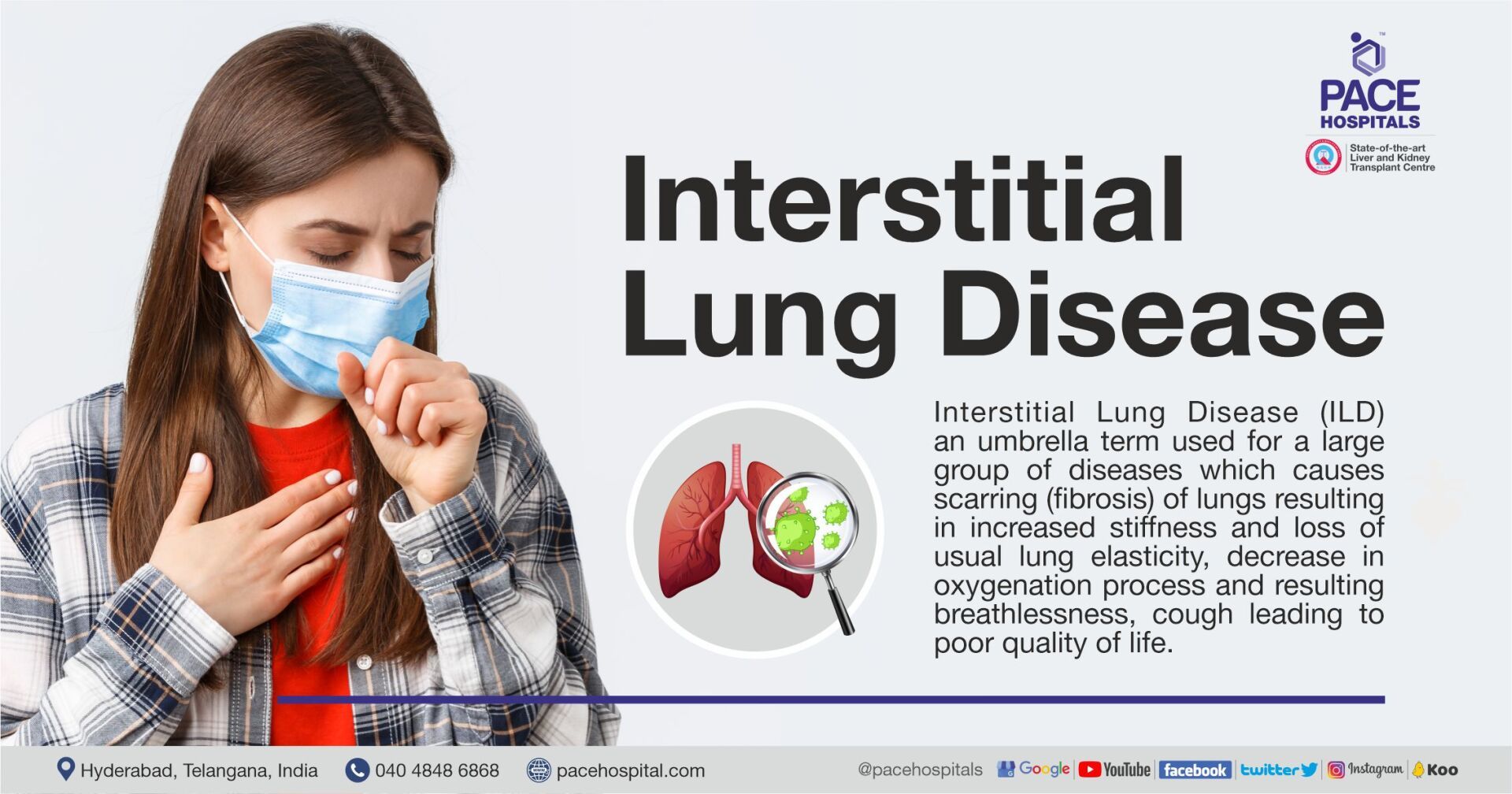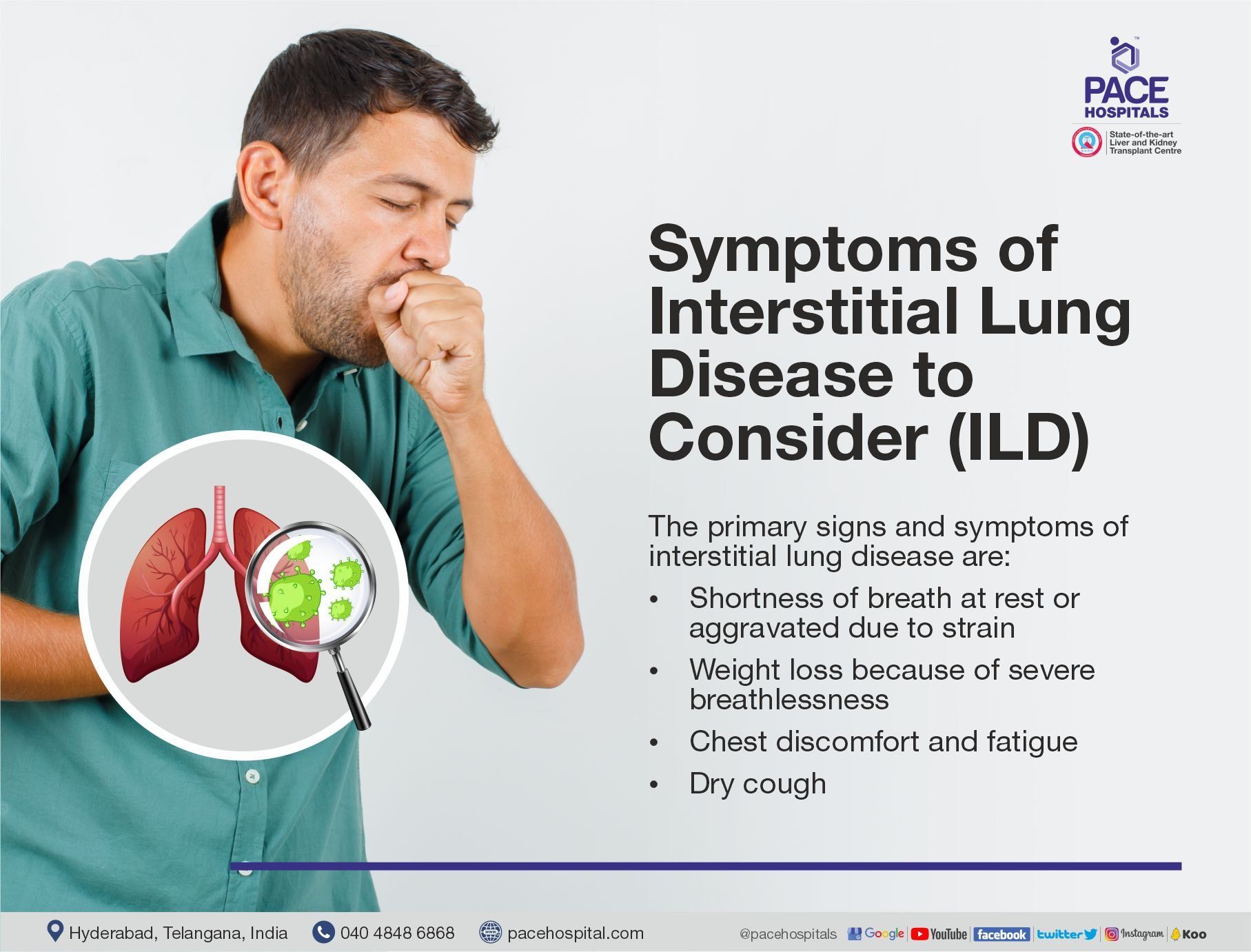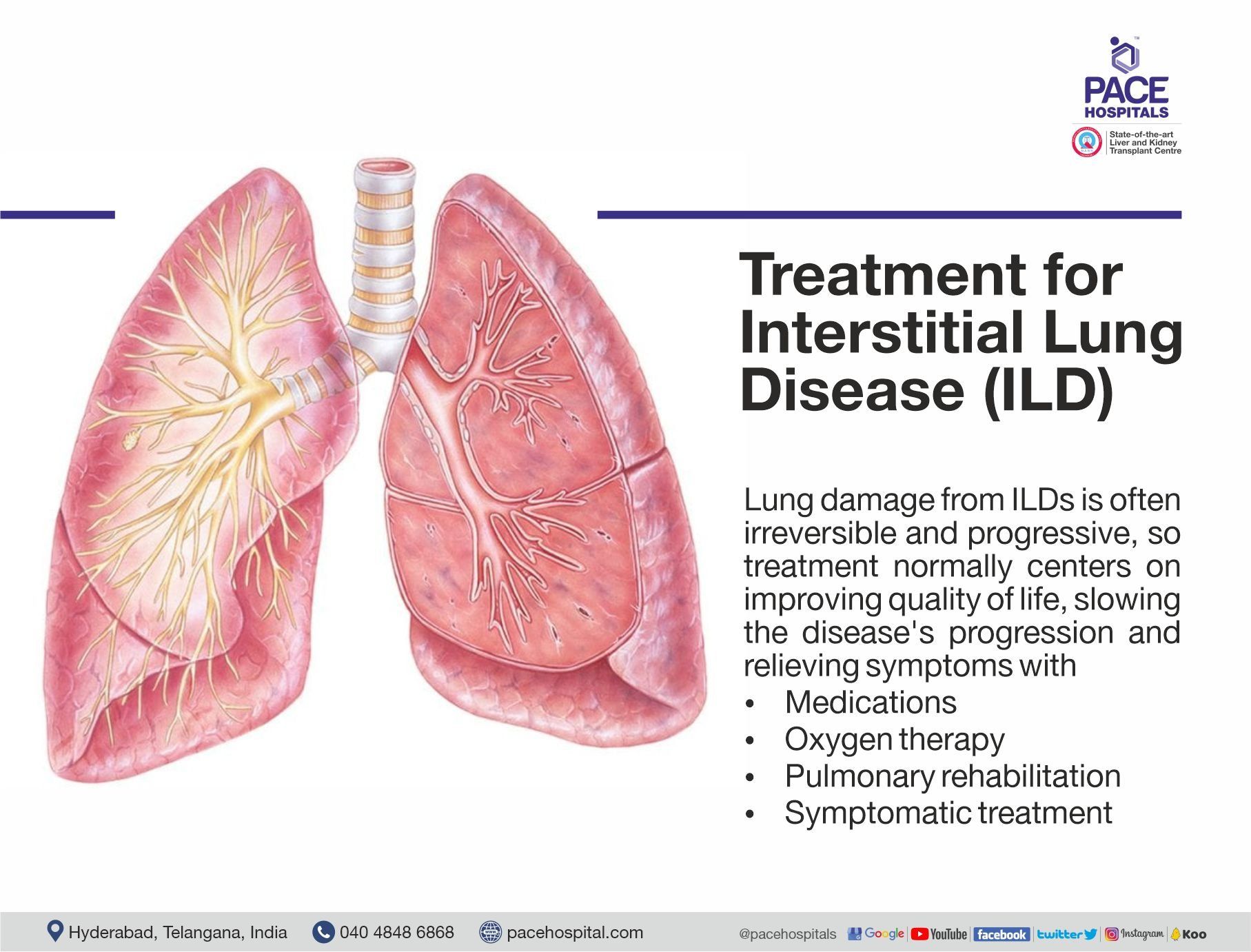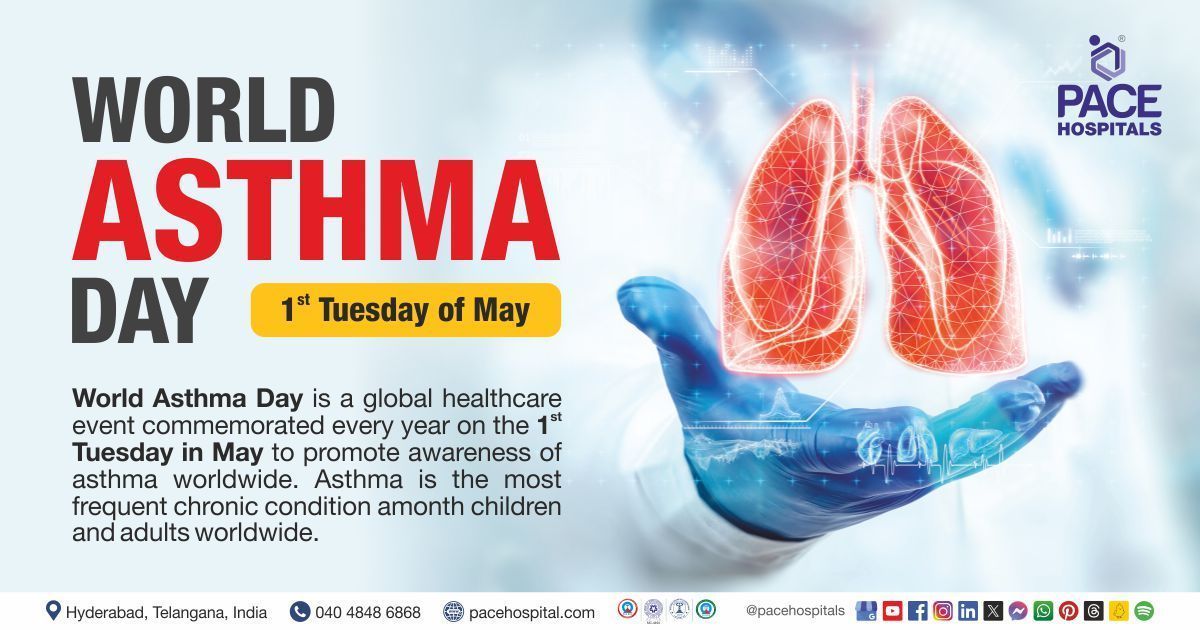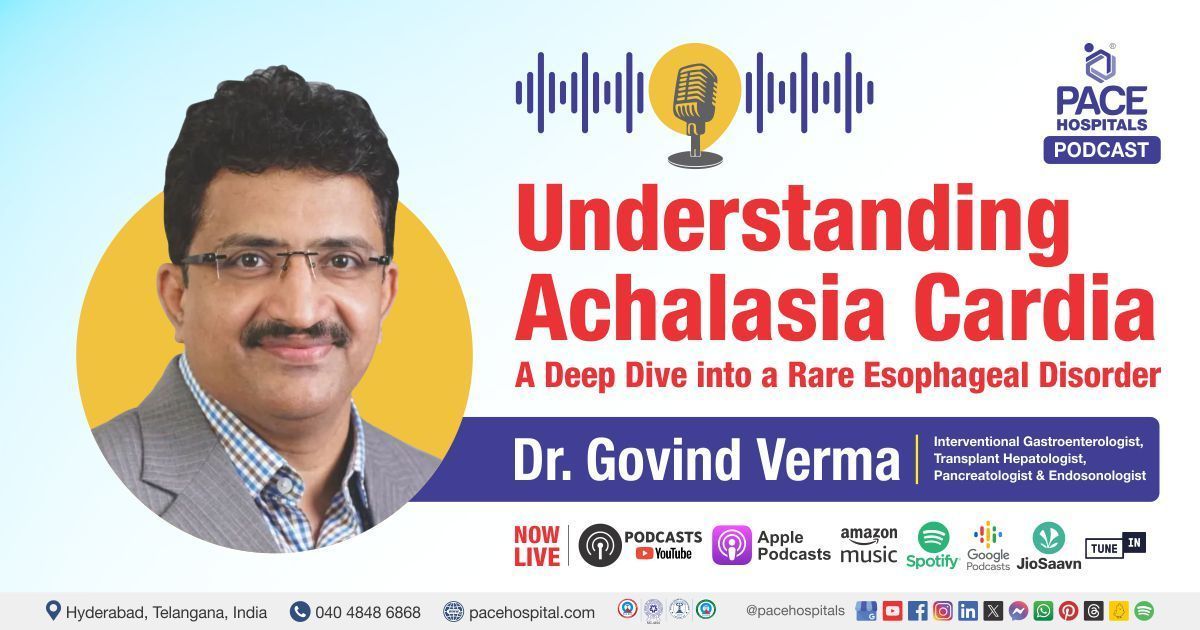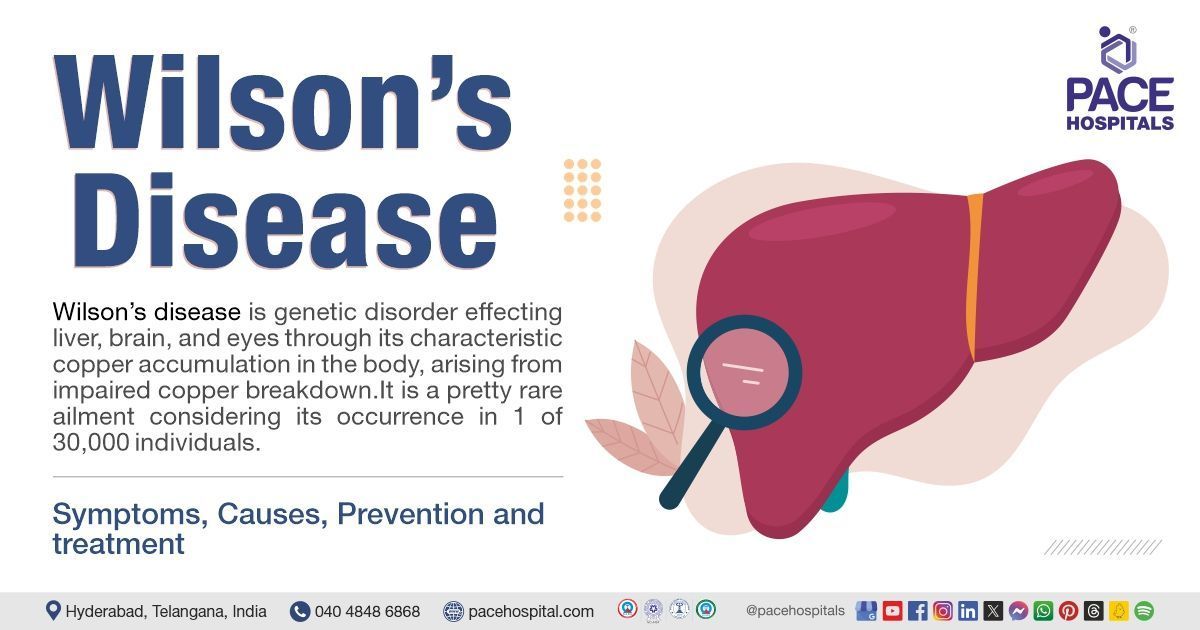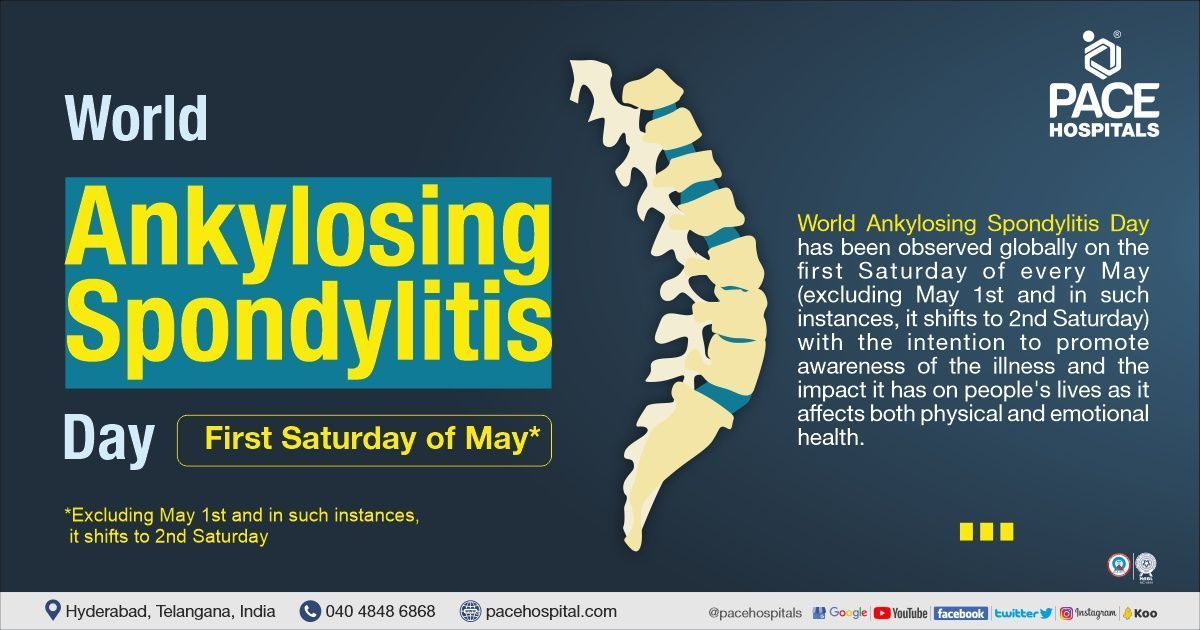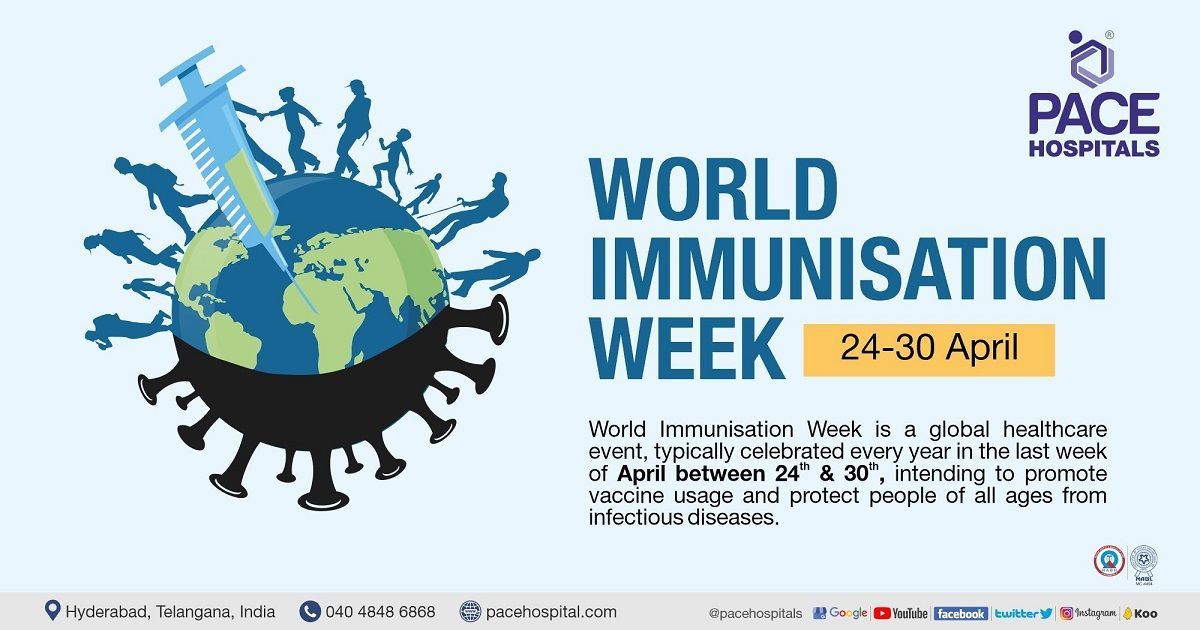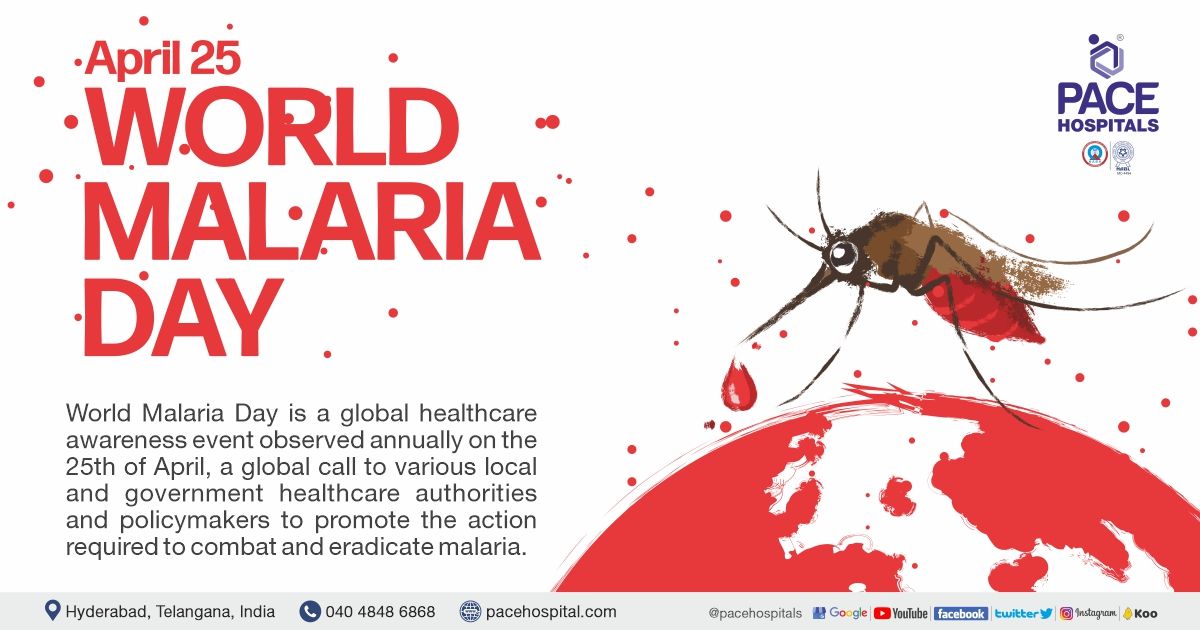Interstitial Lung Disease - Causes, Symptoms and Treatment
Did you know that there are certain diseases in which your own body causes damage to own body parts especially lungs? Well let’s know about these diseases which most of the time are misdiagnosed or diagnosed in late stages leading to considerable morbidity and mortality in a number of patients with pulmonary complaints.
Interstitial lung disease (ILD) or Idiopathic Interstitial Pneumonias (IIP) is an umbrella term used for a large group of diseases which causes scarring (fibrosis) of lungs resulting in increased stiffness and loss of usual lung elasticity, decrease in oxygenation process and resulting breathlessness, cough leading to poor quality of life.
History
In 1872, Von Buhl, a German physician has described some cases naming them as desquamative pneumonia in his letters to a friend which may be the first description of pulmonary fibrosis. In 1892, William Osler (regarded as the father of modern medicine) in his medical textbook coined the term Cirrhosis of Lung.
Following the above two physicians a lot of terms were used for these diseases including Hamman-Rich syndrome, Cryptogenic Fibrosing Alveolitis, Muscular Cirrhosis of lung etc.
Nomenclature and classification
The idiopathic interstitial pneumonias (IIPs) are a heterogeneous group of non-neoplastic disorders resulting from damage to the lung parenchyma by varying patterns of inflammation and fibrosis. The interstitium includes the space between the epithelial and endothelial basement membranes, and it is the primary site of injury in the IIPs. However, these disorders frequently affect not only the interstitium, but also the airspaces, peripheral airways, and vessels along with their respective epithelial and endothelial linings.
The new ATS/ERS classification comprises the following clinicopathologic entities in order of relative frequency:
- Idiopathic pulmonary fibrosis (IPF)
- Non-specific interstitial pneumonia (NSIP)
- Cryptogenic organizing pneumonia (COP)
- Acute interstitial pneumonia (AIP)
- Respiratory bronchiololitis - associated interstitial lung disease (RB-ILD)
- Desquamative interstitial pneumonia (DIP)
- Lymphoid interstitial pneumonia (LIP)
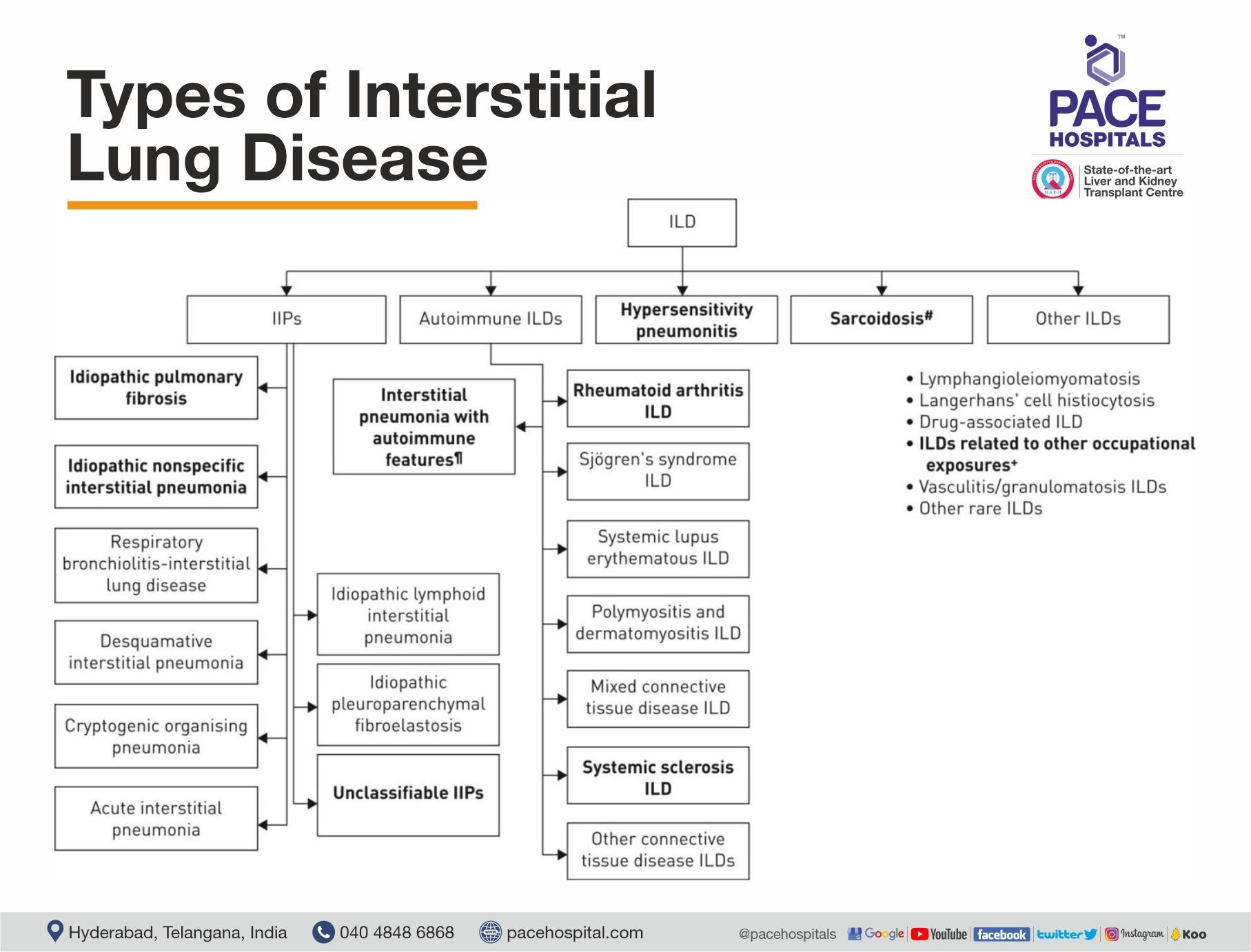
Causes and Risk Factors of Interstitial Lung Disease
Who might develop this disease and why?
Anyone can get ILD including children. Many things can cause or increase the risk of developing ILD including:
- Genetic predisposition,
- Exposure to hazardous materials (grain dust, silica dust, indoor hot tubs, asbestos fibers, radiation treatments) accidentally or in workplace so called Occupational Lung Diseases such as asbestosis, hypersensitivity pneumonitis.
- Exposure to certain medications or therapies such as chemotherapy / radiotherapy
- Some of the autoimmune diseases such as Scleroderma, Sarcoidosis, Rheumatoid Arthritis, Mixed connective tissue disease, Dermatomyositis, Polymyositis, Sjogren's syndrome are also included in the causes.
- Smoking, the most common cause of respiratory complaints worldwide not only causes ILD but also aggravates the pre-existing disease.
Unfortunately, in most of the cases, the ultimate cause may not be known such as in Idiopathic Pulmonary Fibrosis (IPF) which is the most severe form of lung fibrosis or scarring.
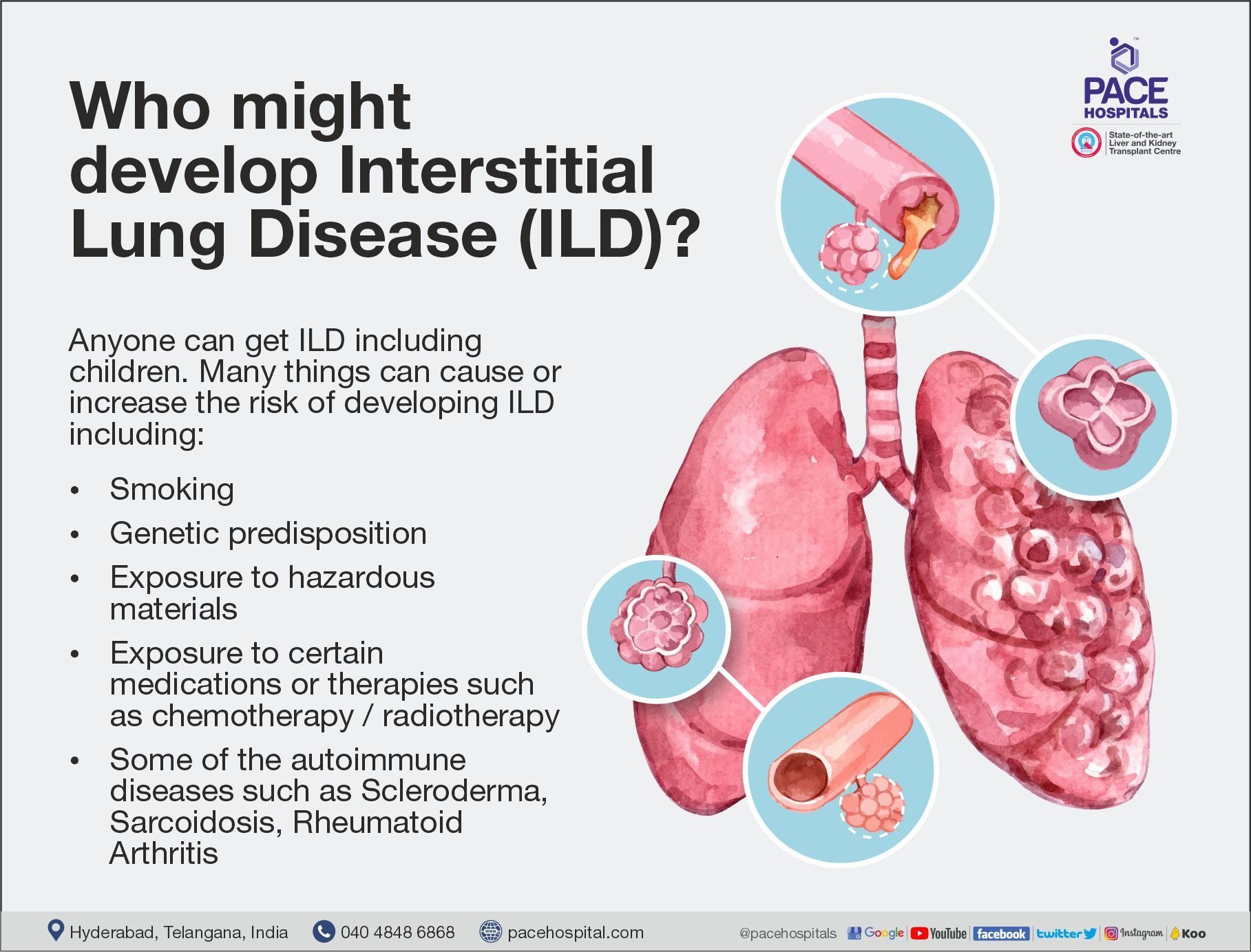
Symptoms of Interstitial Lung Disease to consider:
The most common symptom is shortness of breath, which may initially start during exertion and later may progress to present at rest also. Other symptoms include dry cough which may become wet when there is any secondary infection, chest discomfort and fatigue. Weight loss may be present as a result of inability to take food because of severe breathlessness.
These symptoms may be present along with the symptoms of underlying disease such as joint pains in rheumatoid arthritis. In late stages, patients may be develop symptoms due to failure of other organs most common being heart failure.
How does the doctor diagnose the disease?
As the symptoms of ILD are not much different from other pulmonary diseases, high index of suspicion during initial visit of the patient following thorough history taking and physical examination is the cornerstone for early diagnosis.
Following physical examination, radiological investigations with High Resolution Computed Tomography (HRCT) being the gold standard for diagnosis will be done. In some cases, surgical lung biopsy (which is rarely done now a days) or bronchoscopic guided transbronchial lung biopsy (TBLB) or Cryobiopsy may be required to establish a histological diagnosis.
Other investigations for prognostication or follow up include Pulmonary Function Test, DLCO, blood investigations and sputum investigations can be done as and when necessary.
Treatment options for interstitial lung disease
Treatment for ILDs varies depending on the type of ILD diagnosed and the severity. Lung damage from ILDs is often irreversible and progressive, so treatment normally centers on relieving symptoms, improving quality of life and slowing the disease's progression.
- Medications, such as corticosteroids, can be used to decrease inflammation in the lungs. In the past decade, antifibrotics (which decrease the rate of development of scarring) such as pirfenidone and nintedanib have been widely used with some success in mild to moderate disease.
- Oxygen therapy is another common treatment because it helps deliver extra oxygen to make breathing easier and lessen complications from low blood oxygen levels, such as heart failure.
- Pulmonary rehabilitation may also be recommended to improve daily life by giving patients techniques to improve lung efficiency, improve physical endurance and offer emotional support. In the most extreme cases, people with ILDs will be recommended for lung transplants.
- Symptomatic treatment with inhaled bronchodilators, antihistamines, initiation of antibiotic therapy as and when necessary, mucolytic to decrease the sputum viscosity, antioxidants can all be used as adjuvant therapies.
Outcome
The overall outcome in ILDs depends on various factors like age and onset of symptoms, underlying other co-morbidities, the stage of fibrosis and lung function at the time of diagnosis and the progression of symptoms despite possible best treatment. As ILD cause and treatment are still under constant research, patients should never undermine the importance of constant vigilance of their symptoms.
What is the most common type of interstitial lung disease (ILD)?
Smoking related ILD followed by sarcoidosis and ILD associated with rheumatoid arthritis and other connective tissue disorders are the most common ILDs. The most common severe form of ILD is Idiopathic Pulmonary Fibrosis where the cause is not known.
Is interstitial lung disease genetic or hereditary?
Causes of Interstitial Lung Disease (ILD) are vast but very few diseases are genetic, for example, Langerhans Cell Histiocytosis. Most of the causes are secondary to occupational/ autoimmune/ connective tissue disorders. Genetic cause will only be suspected if all other causes are ruled out and a familial history of the symptoms or disease exists.
Can interstitial lung disease be fatal or cause death?
Any part of human body once permanently damaged can lead to death. Lungs being the most important organs for respiration and breathing can cause death as they fail to deliver oxygen and remove carbon dioxide in late stages of ILD where lungs look like a bee hive.
What is the difference between COPD and interstitial lung disease (ILD)?
COPD is a disease caused by smoking and other factors, wherein lungs lose their elastic nature and become permanently expanded. Interstitial lung disease (ILD) on the other hand is a result of permanent damage to lung tissue and resulting scarring. Although as with other chronic lung diseases, the end point regarding symptoms and pathology is same in both the diseases, COPD can be better controlled and even cured if smoking is stopped, but that is not the case with ILD where the prognosis is comparatively poor.
Is interstitial lung disease curable or reversible, and how to cure it?
Interstitial lung disease (ILD) is a result of a number of conditions leading to permanent damage to the lung tissue. Lung tissue / parenchyma once damaged cannot regenerate, but it can heal only by scar formation, which is called fibrosis and is irreversible. But in a handful of diseases like hypersensitivity pneumonitis, if we remove or treat the cause, the lung changes can be reversed. In all other cases, early detection of the lung changes through clinical and radiological evaluation can help in control of the progression of the disease but can’t stop the disease entirely through medications like antifibrotics (eg., Pirfenidone).
If you are having any symptoms or condition related, request a physical or online appointment:
Treatment for interstitial lung disease
Thank you for contacting us.
We will get back to you as soon as possible.
Pace Hospitals
Hyderabad, Telangana, India
T: 04048486868 | W: pacehospital.com
Oops, there was an error sending your message.
Please try again later.
Pace Hospitals
Hyderabad, Telangana, India
T: 04048486868 | W: pacehospital.com
Request an appointment
Fill in the appointment form or call us instantly to book a confirmed appointment with our super specialist at 04048486868
Appointment request - health articles
Thank you for contacting us. We will get back to you as soon as possible. Kindly save these contact details in your contacts to receive calls and messages:-
Appointment Desk: 04048486868
Whatsapp: 8977889778
Regards,
Pace Hospitals
Hitech City and Madinaguda
Hyderabad, Telangana, India.
Oops, there was an error sending your message. Please try again later. We will get back to you as soon as possible. Kindly save these contact details in your contacts to receive calls and messages:-
Appointment Desk: 04048486868
Whatsapp: 8977889778
Regards,
Pace Hospitals
Hitech City and Madinaguda
Hyderabad, Telangana, India.
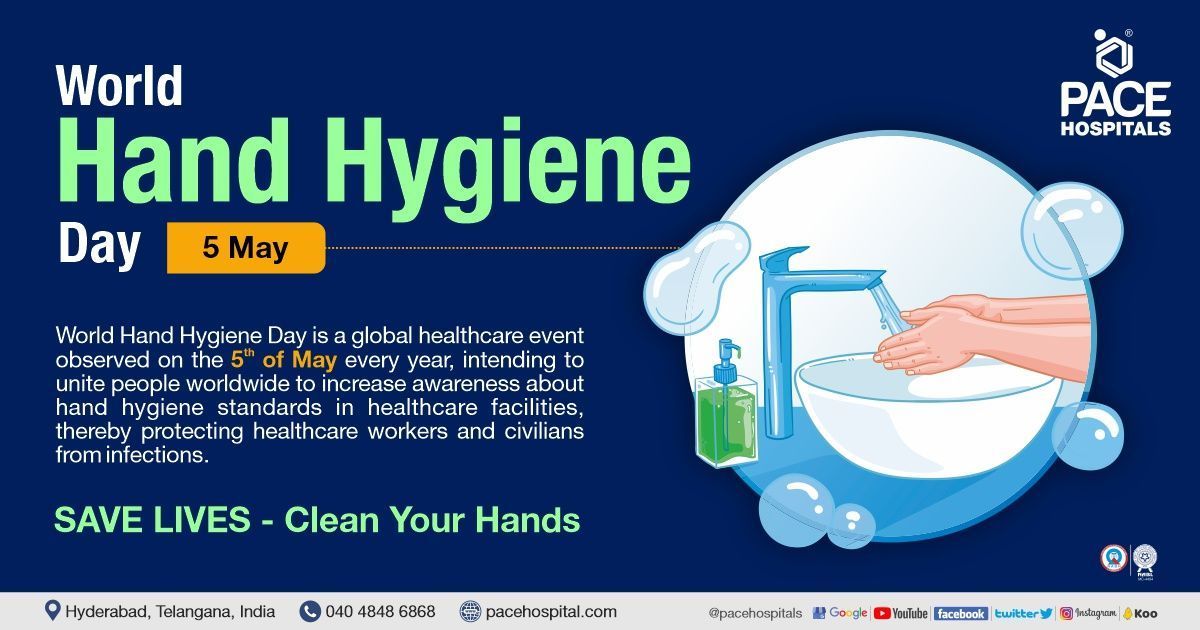
Our Locations
Subscribe to our newsletter and stay updated with the latest health information.
By clicking on subscribe now, you accept to receive communications from PACE Hospitals on email, SMS and Whatsapp.
Subscribe to PACE Hospitals News
Thank you for subscribing. Stay updated with the latest health information.
Oops, there was an error. Please try again submitting your details.
-

Payment in advance for treatment (Pay in Indian Rupees)
For Bank Transfer:-
Bank Name: HDFC
Company Name: Pace Hospitals
A/c No.50200028705218
IFSC Code: HDFC0000545
Bank Name: STATE BANK OF INDIA
Company Name: Pace Hospitals
A/c No.62206858997
IFSC Code: SBIN0020299
Scan QR Code by Any Payment App (GPay, Paytm, Phonepe, BHIM, Bank Apps, Amazon, Airtel, Truecaller, Idea, Whatsapp etc)
Call us at 04048486868
ADDRESS
PACE Hospitals
Hitech City : Beside Avasa Hotel, Pillar No. 18, Hyderabad - 500081
Madinaguda: Mythri Nagar, Beside South India Shopping, Madinaguda, Hyderabad - 500050
QUICK LINKS
Disclaimer
General information on healthcare issues is made available by PACE Hospitals through this website (www.pacehospital.com), as well as its other websites and branded social media pages. The text, videos, illustrations, photographs, quoted information, and other materials found on these websites (here by collectively referred to as "Content") are offered for informational purposes only and is neither exhaustive nor complete. Prior to forming a decision in regard to your health, consult your doctor or any another healthcare professional. PACE Hospitals does not have an obligation to update or modify the "Content" or to explain or resolve any inconsistencies therein.
The "Content" from the website of PACE Hospitals or from its branded social media pages might include any adult explicit "Content" which is deemed exclusively medical or health-related and not otherwise. Publishing material or making references to specific sources, such as to any particular therapies, goods, drugs, practises, doctors, nurses, other healthcare professionals, diagnoses or procedures is done purely for informational purposes and does not reflect any endorsement by PACE Hospitals as such.

